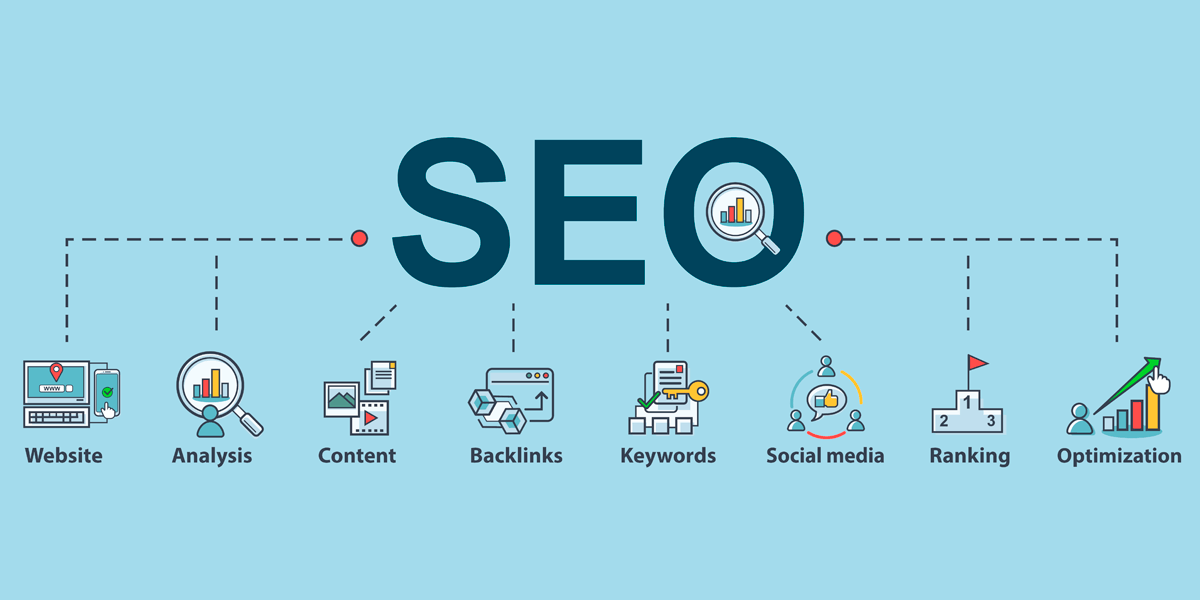Navigating the Unknown: Non-default Mediums in Google Analytics and SEO
Navigating the Unknown: Non-default Mediums in Google Analytics and SEO
Blog Article
Believing Outside package: Leveraging Unusual Tools to Enhance Google Analytics Efficiency
In the realm of electronic advertising, the pursuit for improved Google Analytics efficiency has become a calculated imperative for organizations looking for to refine their on the internet existence. Conventional techniques often drop short in recording the complete spectrum of consumer interactions and habits. Nevertheless, by discovering unusual tools as opportunities of information collection, a new world of opportunities emerges. These undiscovered areas provide a wide range of untapped understandings that could potentially change the way we recognize and maximize our digital approaches.
Distinct Data Resources

CRM systems, for example, can offer understandings into private consumer communications, acquisition history, and choices, which can be integrated with Google Analytics information to develop even more personalized advertising approaches. Social media platforms provide valuable data on customer demographics, rate of interests, and interaction metrics, enabling businesses to assess the efficiency of their social media sites campaigns and maximize material for far better efficiency. Email advertising and marketing data, consisting of open prices, click-through rates, and conversion metrics, can additionally be leveraged to track user involvement and habits beyond internet site communications captured by Google Analytics. By leveraging these distinct information resources, businesses can refine their methods, enhance targeting initiatives, and enhance general Google Analytics efficiency.
Social Media Site Insights

Furthermore, social media sites analytics devices allow businesses to track crucial performance indicators, monitor project effectiveness, and measure the effect of their on the internet tasks. Understanding the demographics of fans, identifying prominent web content styles, and examining engagement levels can aid companies customize their advertising and marketing strategies for much better outcomes.
Offline Marketing Combination
Integrating offline advertising approaches with digital analytics can enhance overall campaign efficiency and give a much more comprehensive understanding of customer actions. what is not considered a default medium in google analytics. By bridging the void between online and offline efforts, businesses can track the influence of traditional marketing networks such as print ads, TV commercials, straight mail, and events on their online presence

In addition, implementing phone call radar for offline advertising tasks allows services to record useful information on consumer inquiries created through published products or ads (what is not considered a default medium in google analytics). By assessing phone call information along with on-line metrics in Google Analytics, services can acquire much deeper understandings right into the customer trip and optimize advertising and marketing approaches for improved performance across all channels
IoT and Wearable Technology
Utilizing IoT and wearable technology in electronic analytics can revolutionize information collection and customer insights for services looking for a deeper understanding of user actions patterns. These cutting-edge innovations offer a seamless means to collect real-time information from numerous touchpoints. IoT devices can track customer interactions with services or products, supplying useful details on usage patterns and choices. Wearable modern technology, such as smartwatches or physical fitness trackers, can supply insights right into user activities, health and wellness metrics, and even area data.
Gamification Strategies
The execution of gamification methods in digital analytics provides a cutting-edge approach to improving individual interaction and driving actionable insights for companies. By integrating game-like aspects such as factors, badges, leaderboards, and compensates into the analytics interface, business can encourage users to interact much more regularly and meaningfully visit this web-site with the data.
Gamification encourages individuals to check out various features of the analytics system, discovering useful insights that could have or else gone undetected. With official site interactive challenges and progression monitoring, customers are incentivized to delve much deeper right into the data, leading to increased time invested on the system and a higher chance of discovering essential fads or patterns.
Moreover, gamification can foster a sense of competition amongst customers, stimulating them to strive for higher performance and interaction levels. This competitive spirit can drive increased individual fostering rates and a more thorough utilization of the analytics tools available. Ultimately, by leveraging gamification strategies in digital analytics, businesses can produce an extra effective and appealing environment for customers, leading to more enlightened decision-making and enhanced total efficiency.
Conclusion
In conclusion, leveraging unique tools such as unique information resources, social media sites understandings, offline advertising and marketing combination, IoT and wearable innovation, and gamification approaches can maximize Google Analytics performance. By assuming outside the box and exploring these alternate sources of information, organizations can get beneficial insights and improve their total advertising and marketing methods. It is very important for firms to continuously check out new means to collect data and examine it in order to stay in advance in the ever-evolving electronic landscape.
By integrating data from sources such as client partnership monitoring (CRM) systems, social media systems, and e-mail advertising and marketing campaigns, companies can get a more extensive understanding of their target market actions and involvement patterns. Social media systems provide beneficial information on individual demographics, rate of interests, and interaction metrics, enabling services to gauge the efficiency of their social media projects and maximize material for better performance. By leveraging these distinct data sources, companies can fine-tune their strategies, try here improve targeting efforts, and boost overall Google Analytics efficiency.
Discovering social media insights can supply services with important data on individual demographics, interests, and involvement metrics, allowing for educated decision-making and tactical optimization of advertising and marketing initiatives. By thinking outside the box and exploring these alternative sources of data, services can acquire useful understandings and improve their total advertising and marketing techniques.
Report this page